Title of paper under discussion
Electromyographic analysis of muscular activity in the upper extremity generated by supporting a violin with and without a shoulder rest
Authors
Charles E. Levy, Wynne A. Lee, Alice G. Brandfonbrener, Joel Press, Alexis Engel Levy
Journal
Medical Problems of Performing Artists (vol 7, no. 4, pp 103-109, January 1992)
Link to paper (free access)
Overview
Tension in the left biceps, anterior deltoid, trapezius and right sternocleidomastoid of violinists was measured as they held and played their instrument with and without a shoulder rest. Use of a shoulder rest led to decreased tension in the trapezius and sternocleidomastoid, and increased tension in the anterior deltoid, with no change in the biceps. The extent of this change in tension depended on the size of various neck and shoulder measurements.
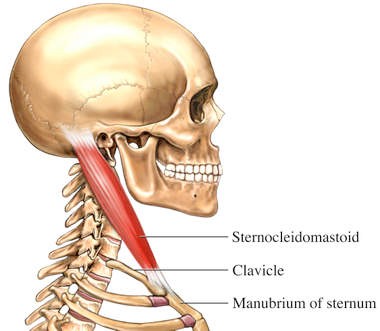
Introduction
Tense muscles are, according to the authors, more prone to injury and pain, and seem to hinder good violin technique. A 1987 study of 55 elite violinists saw most of them reporting performance-related health problems, most commonly left wrist and shoulder issues.
Using electromyography this study aimed to pinpoint levels of tensions in different muscles while playing with and without a shoulder rest.
Method
Fifteen accomplished violinists were recruited for the study from conservatoires and orchestras in the Chicago area; thirteen habitually used shoulder rests, two did not.
Three performance ‘conditions’ were established, during which EMG readings were taken from the left trapezius, left sternocleidomastoid, left biceps and right anterior deltoid:
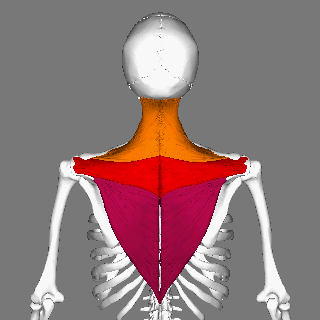
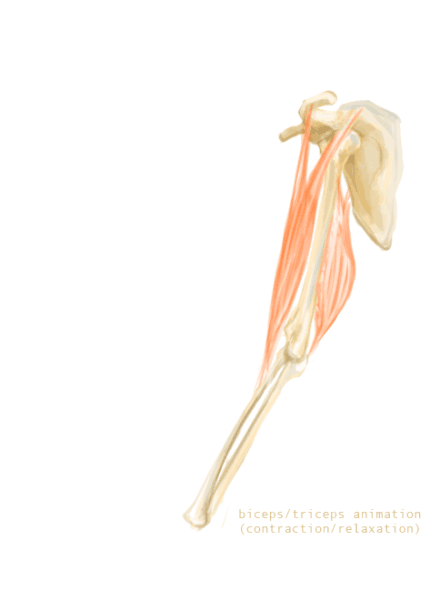
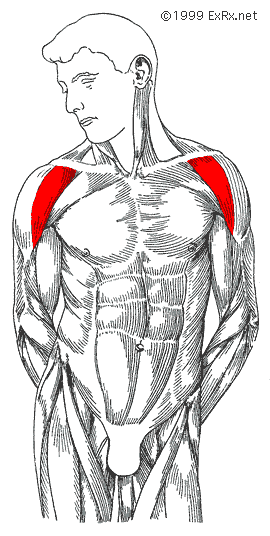
1) ‘static’ condition in which the players “simply supported the violin with bow arm at rest”
2) ‘first’ condition in which the players restricted themselves to first position:

3) ‘shift’ condition which “involved frequent shifts into the third, second and fourth positions”:
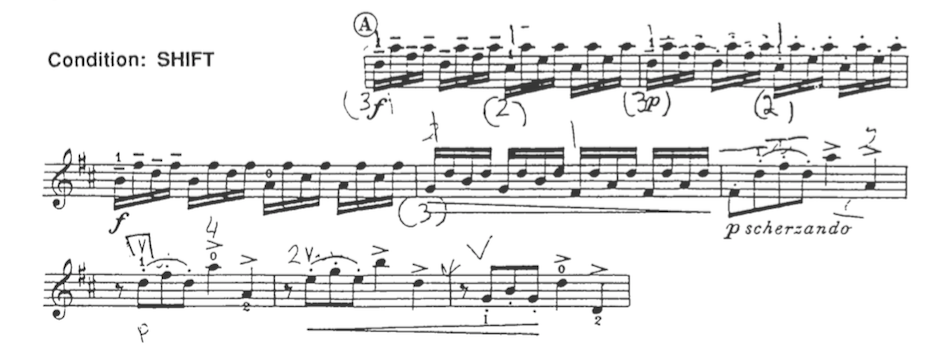
Each excerpt was played six times with the shoulder rest (specified as a “Kun” model, adjusted for maximum comfort) and six times without; the ‘static’ condition trials were interspersed between the ‘first’ and ‘shift’ condition trials.
Tempo was kept at 100 bpm throughout by means of a click track. The electrodes used to measure the EMG were in place for the entire duration of the experiment.
Results
Some violinists showed a near total obliteration of the EMG signal in their left trapezius whilst wearing a shoulder rest. So for example:

The EMG of the right sternocleidomastoid also dropped significantly when wearing the shoulder rest, though the left biceps brachii stayed the same and the anterior deltoid increased in activity.
The relationship between a player’s neck/shoulder dimensions and the strength of effect of the shoulder rest on EMG levels turned out to be significant:
1) Regarding the trapezius muscle a) the longer the distance from the player’s mastoid to their seventh cervical vertebra, the bigger the drop in tension afforded by the shoulder rest in first position and b) the longer the distance from the player’s seventh cervical vertebra to the acromion of their shoulder bone, the bigger the drop in tension afforded by the shoulder rest in the ‘shift’ condition.
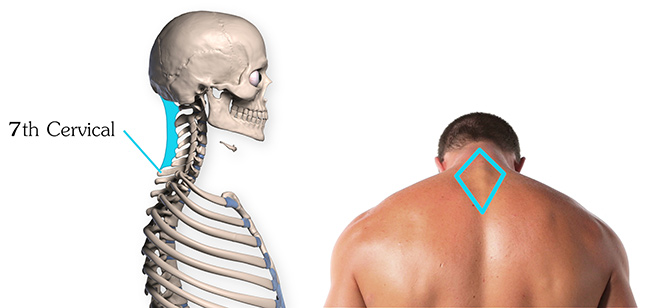
2) Regarding the sternocleidomastoid muscle a) the longer the distance from the player’s mastoid to their seventh cervical vertebra, the bigger the drop in tension afforded by the shoulder rest in first position and b) the longer the distance from the player’s acromion to their midclavicle, as well as from their midclavicle to their mastoid, the bigger the drop in tension afforded by the shoulder rest in ‘shift’ condition.
3) Regarding the anterior deltoid muscle, the longer the distance from the player’s seventh cervical vertebra to their inion the smaller the rise in tension afforded by a shoulder rest in first position.
Summary
The use of a shoulder rest, in the words of the authors, “can have a significant effect on the muscles used to support a violin. Specifically, both the trapezius and the sternocleidomastoid muscles demonstrate significantly decreased EMG signals when the [shoulder] rest is used.” In contrast, “the anterior deltoid shows increased activity with the [shoulder] rest, whereas activity of the biceps brachii is unaffected by the [shoulder] rest.”
They go on to say that “furthermore, although no single neck measurement predicts the effect of the shoulder rest […] the overall trend for the three most proximal muscles [trapezius, sternocleidomastoid and anterior deltoid] is that the shoulder rest reduces activity as the neck and shoulder dimensions become larger”
Coda
George Frideric Handel – Sonata no 4 for violin and piano in D Major
Maxim Vengerov – violin
Vag Papian – piano